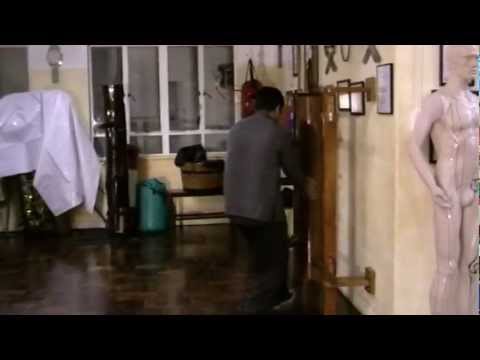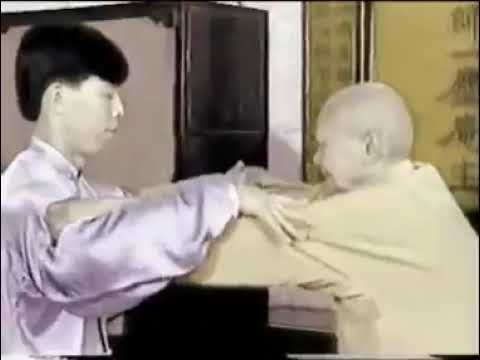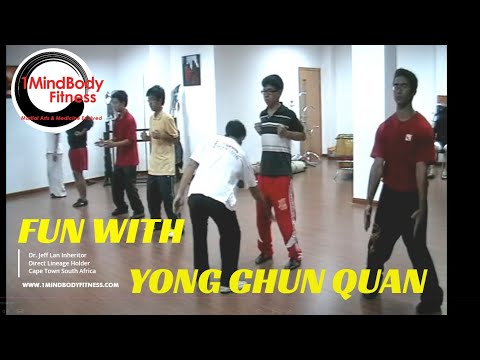1MindBodyFitness
Wing Chun
Wing Chun or Peng Nan Yong Chun originating in Foshan. Dr. Jeff Lan is a direct lineage holder verified by Peng Nan and his teacher, Liang Dong Sheng.
Wing Chun – Peng Nan Yong Chun
Wing Chun or Peng Nan Yong Chun originating in Foshan. Dr. Jeff Lan is a direct lineage holder verified by Peng Nan and his teacher, Liang Dong Sheng.
Wing Chun or Peng Nan Yong Chun originating in Foshan. Dr. Jeff Lan is a direct lineage holder verified by Peng Nan and his teacher, Liang Dong Sheng.
This branch of the Wing Chun family tree has not only preserved a different, possibly older, form of Wing Chun but has preserved the Qigong exercises that Master Pan says have been a part of the Wing Chun System from its inception.
Wing Chun involves characteristics that fit the definitions used by an internal stylist to describe that which makes their systems “internal,” there existed a missing “connection” with regard to history, theory, and, to a large degree, technique.
Yong Chun Quan (intoning the spring forever in boxing) of Peng Nan is a style of Kung-fu that focuses on invading pace and narrow bridge, hitting one’s opponent at a small distance without any weapon, and restraining his opponent before releasing his own force in assaulting.
When practicing Yong Chun Quan, you should adhere to the following rules: lift your head and buttocks, move your hands but keep your elbows still, attack as soon as your opponent starts showing his/her weaknesses, and move your waist, or bridge while maintaining the other still.
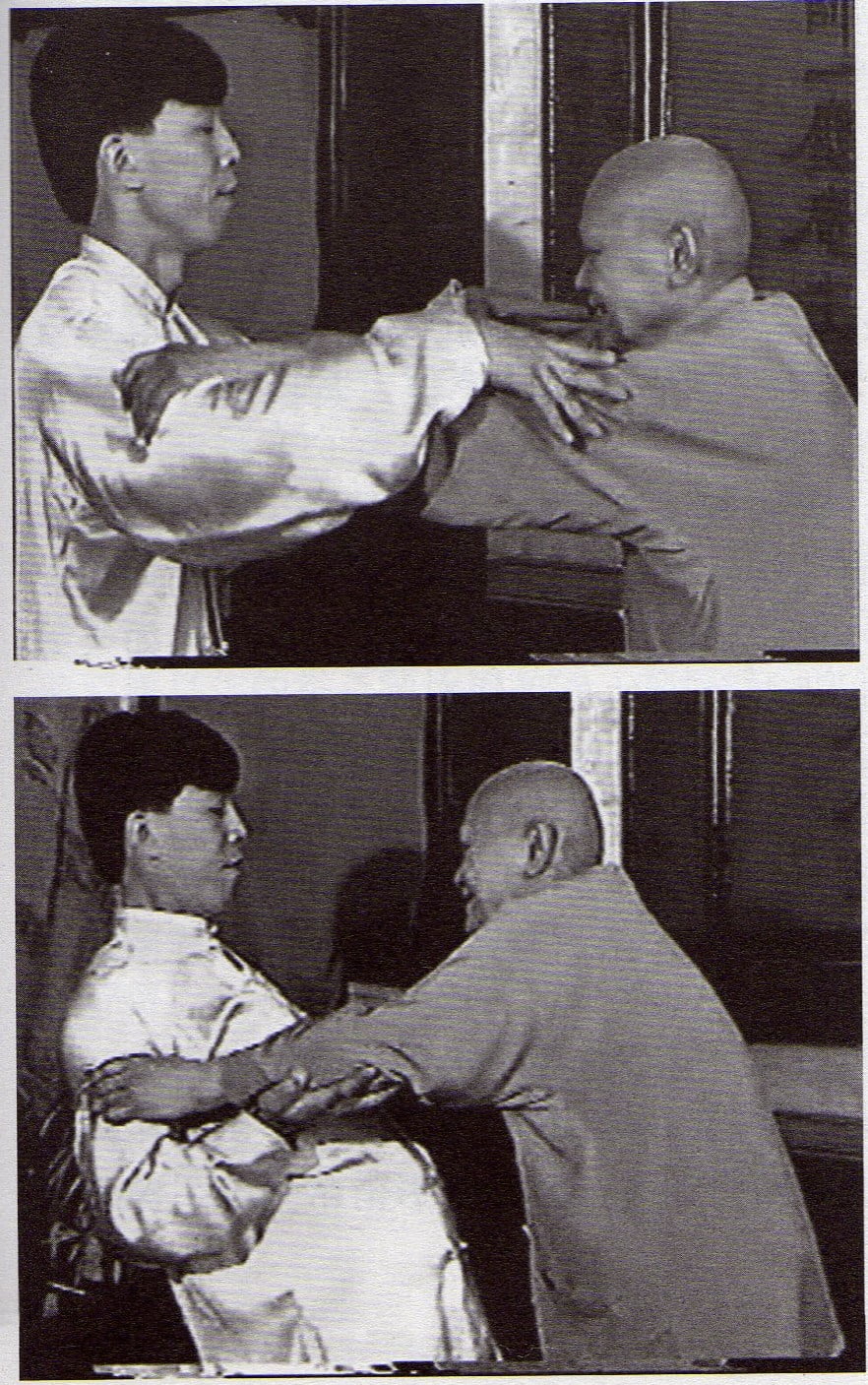
Train Yong Chun
Wing Chun Past & Present
Wing Chun or Peng Nan Yong Chun originating in Foshan. Dr. Jeff Lan is a direct lineage holder verified by Peng Nan and his teacher, Liang Dong Sheng.
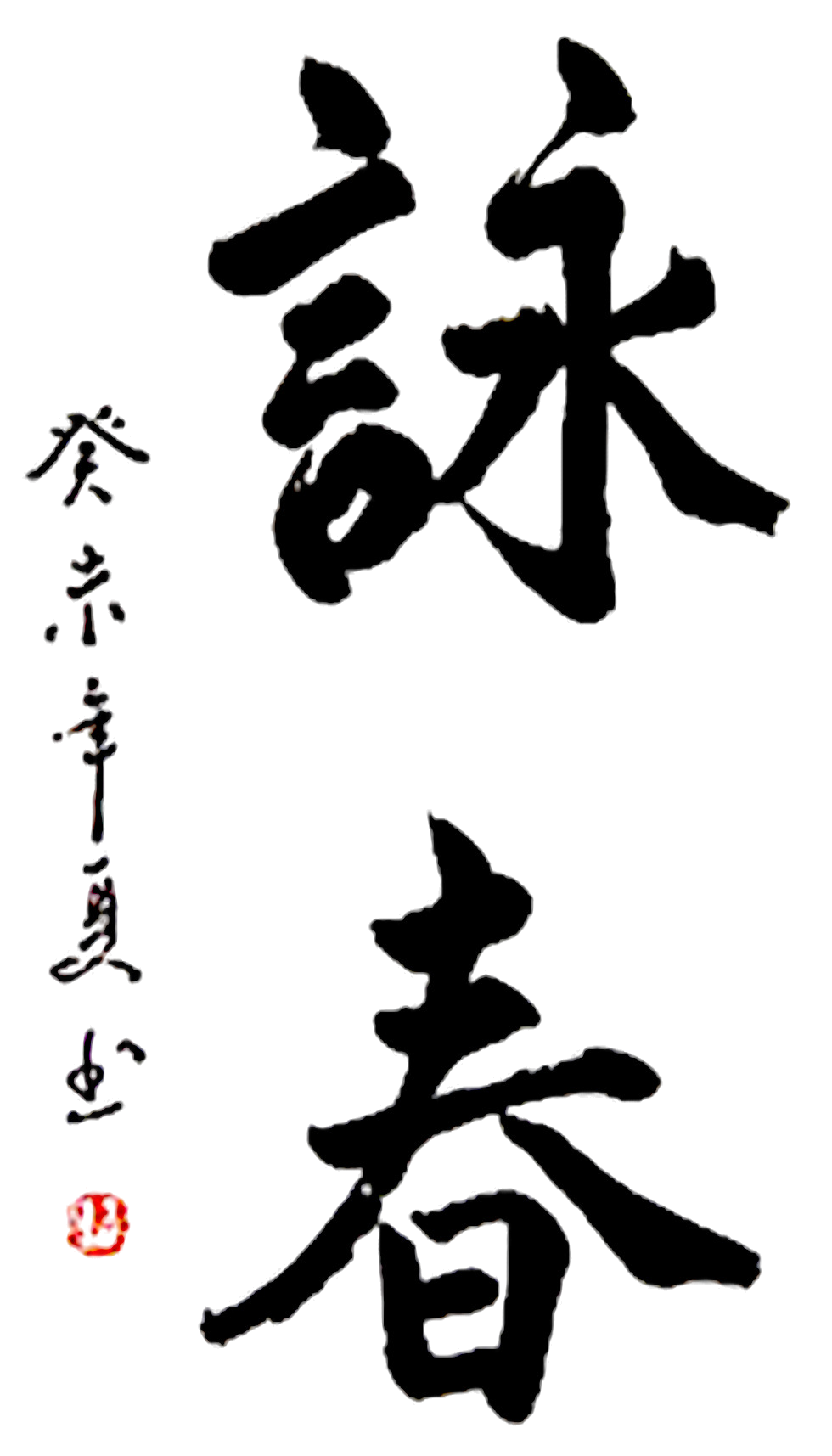
Pan Nam studied Hung Gar from 1934 to 1947 until he later trained in Wing Chun under Jiu Chow. In 1949 Pan Nam started teaching at the Union of Cake Industry Workers of Foshan, In 1956 he was introduced to Lai Hip Chai a classmate of Ng Chun So, Yip Man, and Chan Yiu Men, who was the second to last student accepted by Chan Wah Shun (Yip Man being the last). Watch the old video of Grand Master Pan Nam (Peng Nan) performing Siu Lim Tao. Peng Nan, from Foshan, with his nickname Black-Face Nan, was the famous one of the representatives of contemporary Lingnan (an area separated from South China by five mountains, basically refers to Guangdong Province and Guangxi) traditional Kung-fu. He was widely respected by the Kung-fu practitioners in Hong Kong, Macao, and mainland China, due to his excellent Kung-fu skills as well as his martial virtue.
Both Yip Man and Peng Nan shared the same lineage up to Chan Wah Shun’s generation. Yip Man, as a young man, first studied under Chan Wah Shun, then under Ng Chung So, a senior student of Chan, after the latter’s death. He later completed his studies with Leung Bik, the son of Leung Jan. Peng Nan also had three teachers but took a somewhat different root. His first teacher was Chui Chau who was a student of Chan Yu Min, the son of Chan Wah Shun. His second teacher was Lai Yip Chi another student of Chan Wah Shun and a classmate to both Ng Chung So (the second teacher of Yip Man) and Yip Man himself. His third teacher was Dai Fa Min Kam, a very old man by then, who belonged to a generation previous to Leung Jan’s and was classmate to Wong Wah Bo and Leung Yee Tei.
Wing Chun & Kung Fu Philosophy
In ancient China, a well-known scholar went to a master and asked to be trained in spiritual matters. The master poured tea into the scholar’s cup and continued to pour until the cup was overflowing. The scholar was taken aback and informed the master that the cup was overflowing. “Your mind is like this cup, full and overflowing with your own ideas,” the master said, pointing to the overflowing tea. So, if you want to study with me, first empty your cup (mind) so that it can take what is being poured.”
The lesson here is to keep an open mind and refrain from passing judgment until you have learned enough to appraise what you have or have not gained. Finding Peng Nan’s Yong Chun was like rediscovering a long-lost love for me; it made me feel complete once more. Because of my improved understanding, which filled in many of the gaps and answered a lot of the doubts I had about the system, I feel as though I have combined the past with the present and can look to the future with confidence.

Wing Chun & Dr Jeff Lan
Dr. Jeff Lan is a direct lineage holder of Wing Chun verified by Peng Nan and his teacher, Liang Dong Sheng, and has compiled video lessons and footage for students. Here’s a short explanation:
Wing Chun/Peng Nan Yong Chun: Wing Chun, also known as Peng Nan Yong Chun, is a traditional Chinese martial art renowned for its simplicity, directness, and focus on using efficient movements to overcome larger and stronger opponents. It places a strong emphasis on close-quarters combat, hand techniques, and sensitivity training. The art is often associated with female practitioners and is characterized by its lack of flashy or acrobatic movements.
Dr. Jeff Lan: Dr. Jeff Lan is a recognized and respected practitioner in the Wing Chun lineage. He is a direct lineage holder, which means he has received the teachings and techniques directly from his teacher, Liang Dong Sheng, who himself learned from Peng Nan, a notable figure in the Wing Chun community. Dr. Jeff Lan’s expertise and knowledge in Wing Chun make him a valuable instructor and custodian of this martial art’s traditions.
Video Lessons and Footage for Students: Dr. Jeff Lan has compiled video lessons and footage to aid students in learning and practicing Wing Chun/Peng Nan Yong Chun. These videos serve as a valuable resource for students at all levels. They provide visual demonstrations, explanations, and insights into the techniques, principles, and philosophy of the art. Students can use these materials to enhance their understanding, refine their skills, and train effectively, even if they are not able to access in-person instruction.
Overall, Dr. Jeff Lan’s efforts to compile and share video lessons and footage contribute to the preservation and dissemination of Wing Chun/Peng Nan Yong Chun, allowing students around the world to access and benefit from this rich martial art tradition.
Train Yong Chun
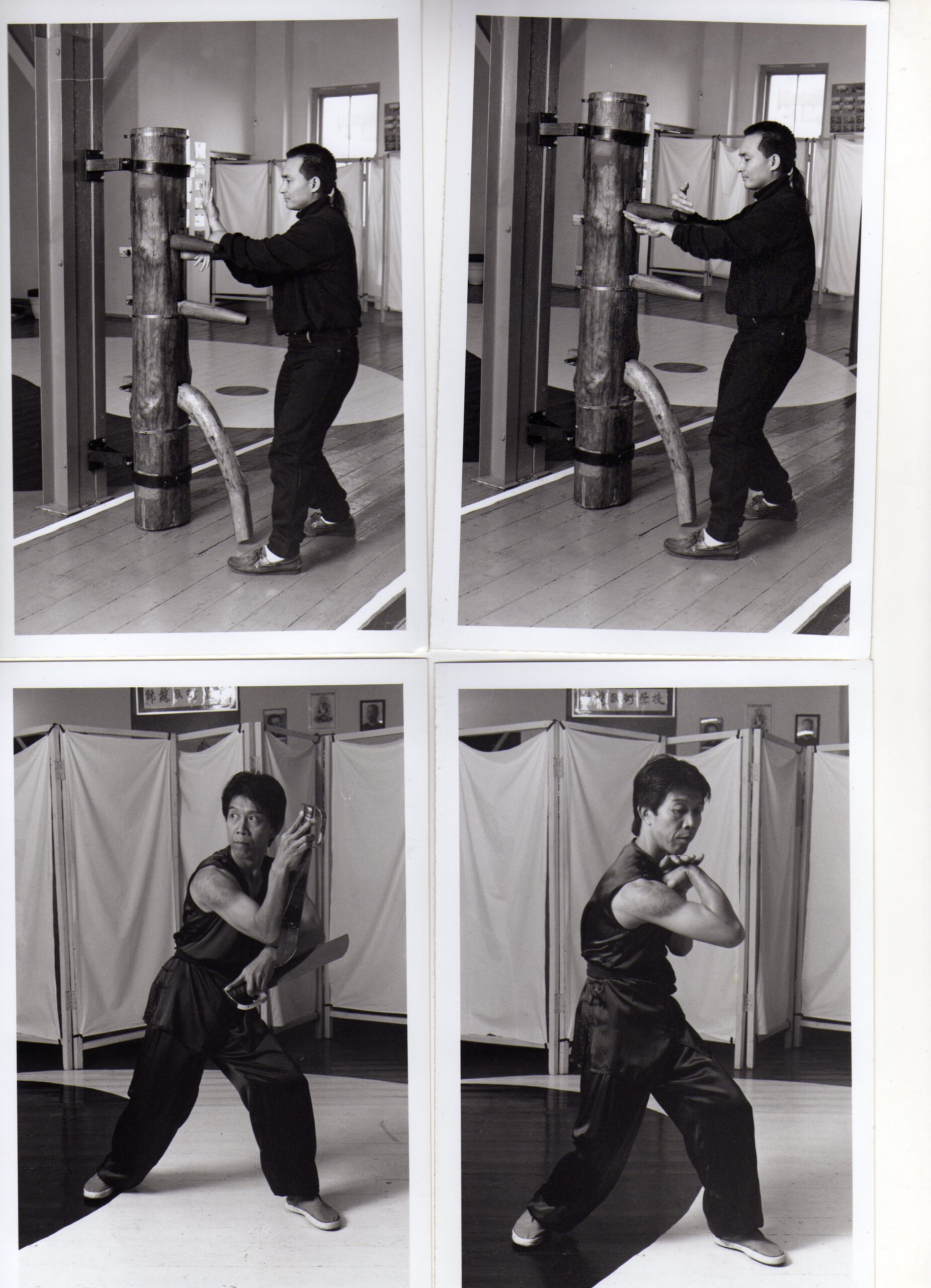
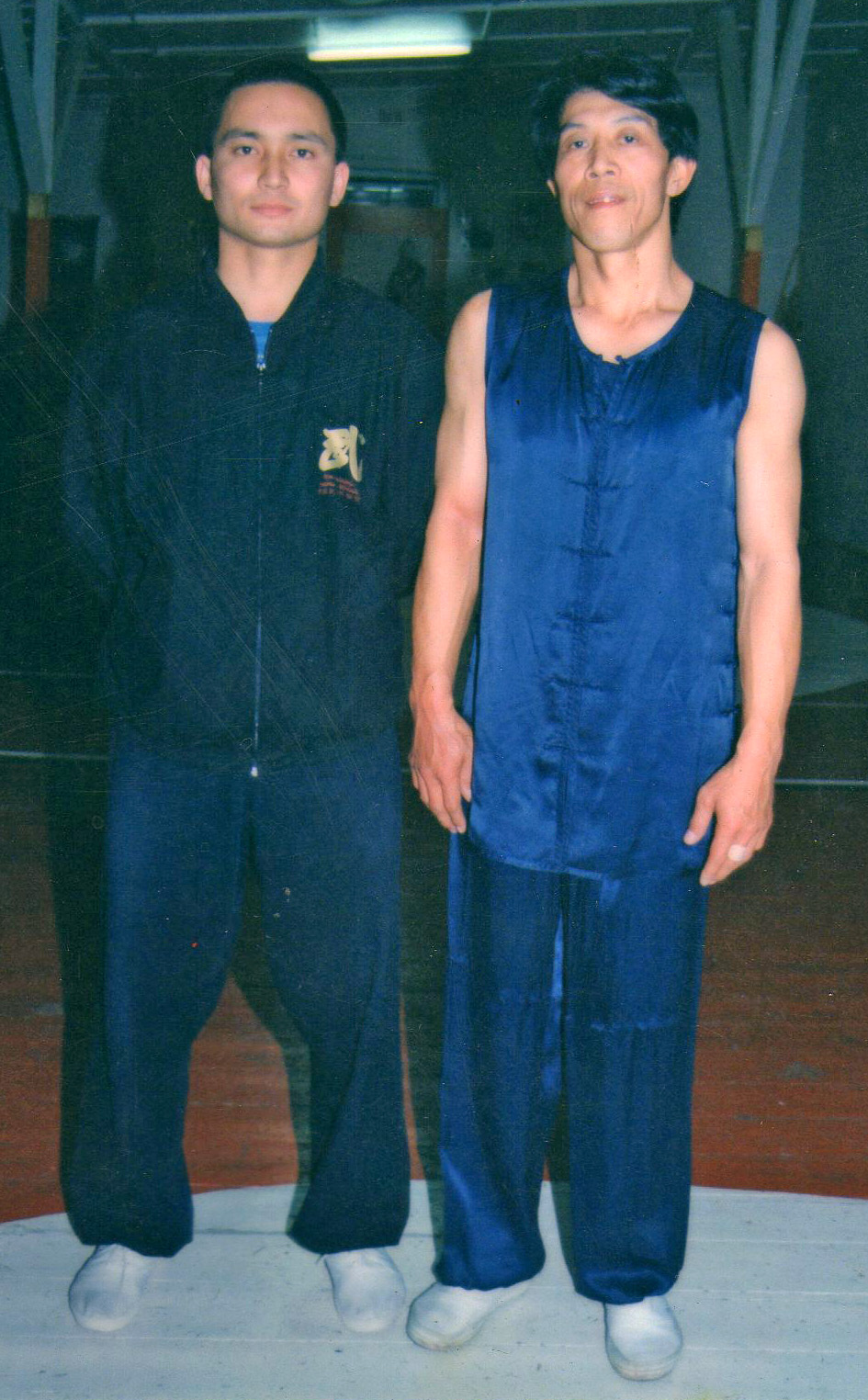
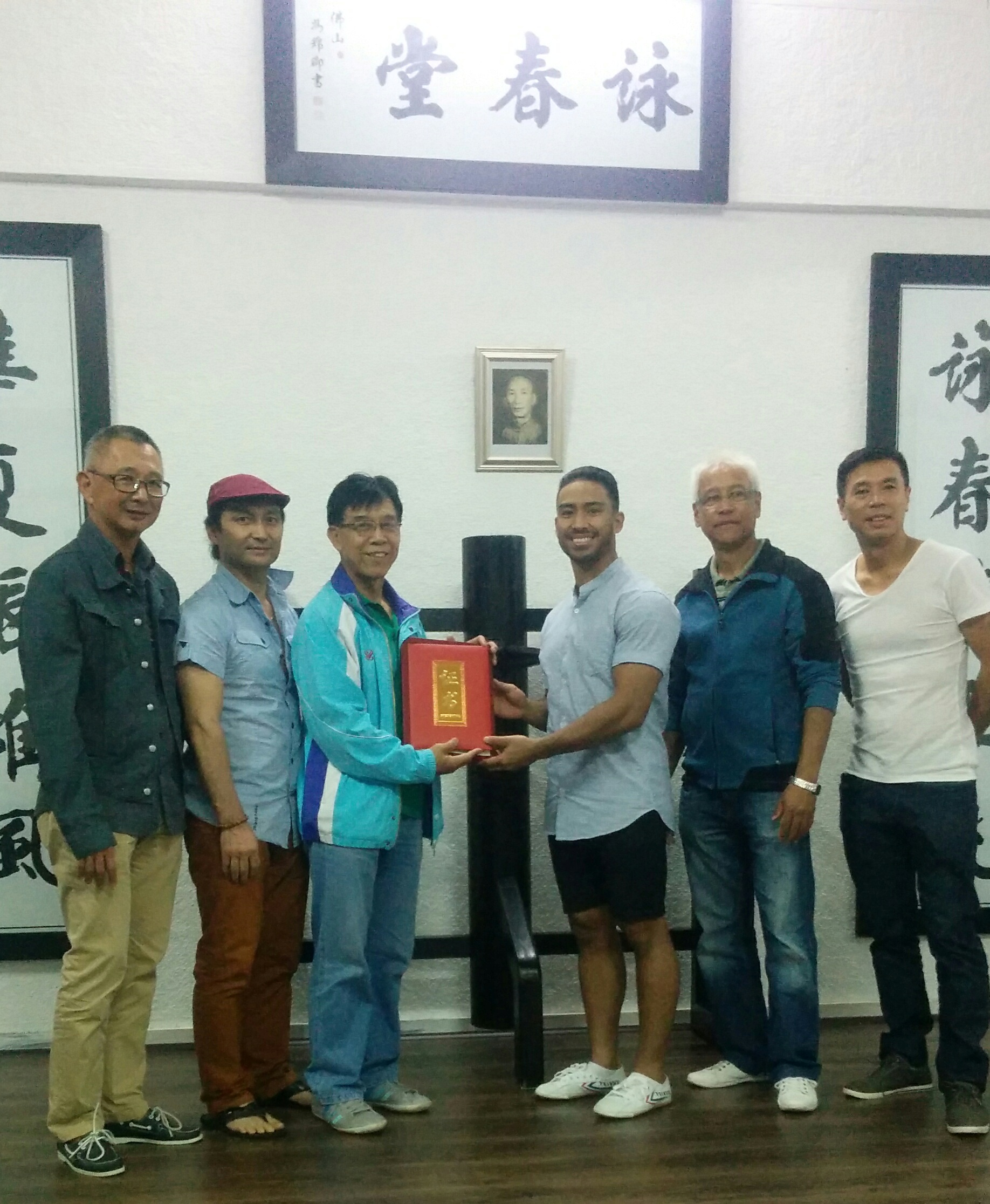

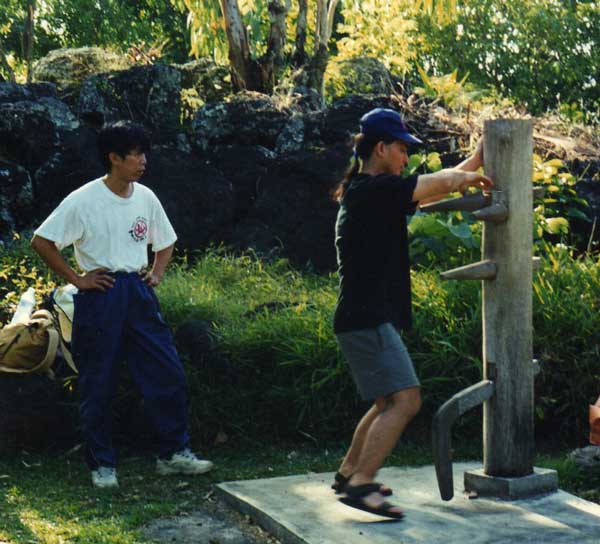
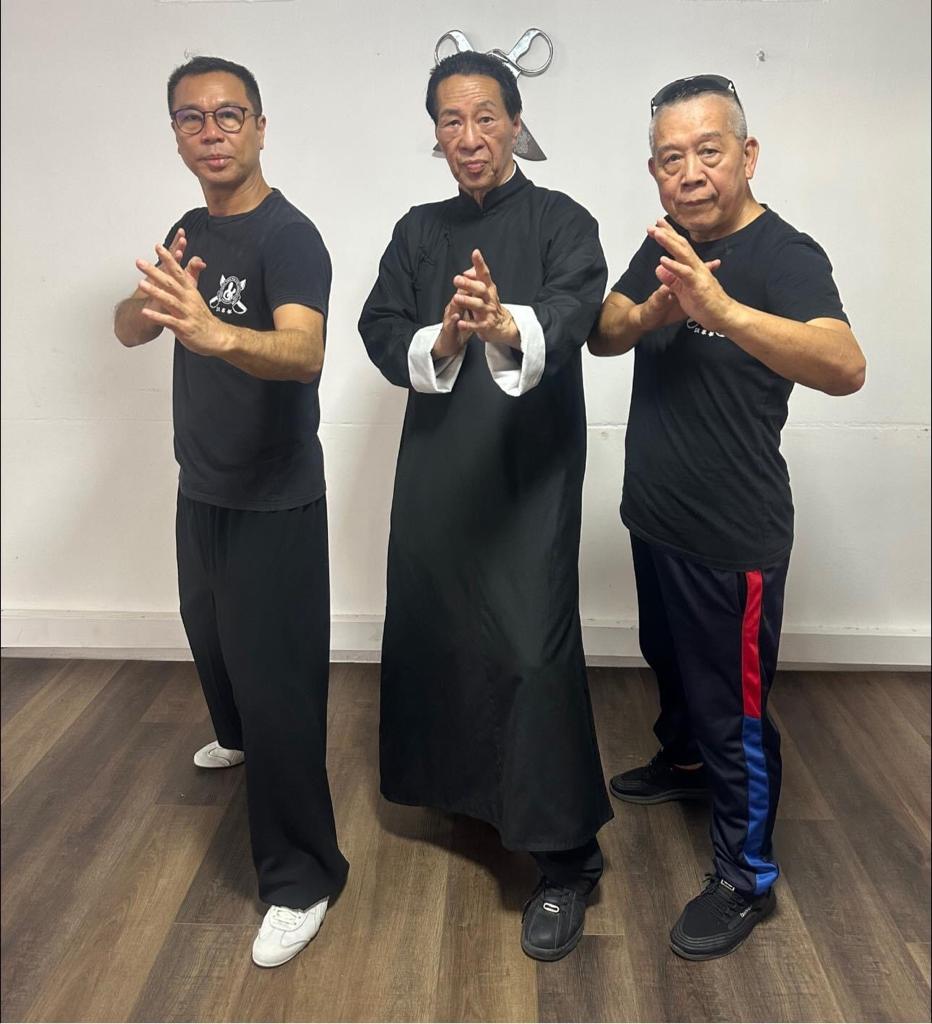

To yield does not mean that one is weak. In achieving ambition, the self should not take leave from humanity.
Shifu Liang Dong Sheng (in honor of my late Grand Master Peng Nan)
How Do They Differ?
A Yong Chun practitioner is likely to ask this as their first inquiry, and by examining the similarities first, I can probably respond to the topic more effectively. Peng Nan’s forms are distinct from Yip Man’s if one were to examine them.
But when you take a closer look, the parallels to Yip Man’s forms become obvious; although the movements, techniques, and emphasis may look different, the underlying ideas and conceptions are the same.
It’s like two pilgrims going off on opposite paths to the same goal. Tan Sau, Bong Sau, Jum Sau, Kan Sau, and other basic approaches are the same. Peng Nan’s Yong Chun, like Yip Man’s, has three hand forms: Xiao Nian Tou, Xun Qiao, and Biao Zhi. There is also the wooden dummy, the pole, and the butterfly knives techniques.
In contrast to Yip Man’s forms, Peng Nan’s movements are more rounded, fluid, nuanced, internally focused, and less “snappy.” The forms are executed at a reasonably leisurely pace, similar to Tai Chi but slightly faster and stronger, which is likely why Peng Nan’s forms appear to be longer.
In contrast to Yip Man, who places greater focus on movement speed and simplicity, Peng Nan emphasizes the development of Qi and the body’s physiological processes. Peng Nan has also kept more of the “artistic” components than Yip Man, who focused more on the usefulness of the combat movements.
If we are to speculate, it is probable that it better fits his character. Yip Man has eliminated movements that he deemed unnecessary. Maybe Peng Nan’s style is more akin to the system’s creator? Nobody knows.
